
Tips to Skim Excess Fat from Greasy Soup
Tips to Skim Excess Fat from Greasy Soup: Simple Tricks for a Lighter, Healthier Dish
With these simple methods, your greasy soup will quickly transform into a lighter, more wholesome meal.
Soup is a staple in every Asian family meal. However, when making bone broth or meat-based soups, it's common to end up with a layer of greasy scum floating on top. This not only makes the dish unappetizing but may also pose health risks—especially for people on a diet, the elderly, or young children. Excess fat can lead to indigestion, increased cholesterol levels, and even cardiovascular problems.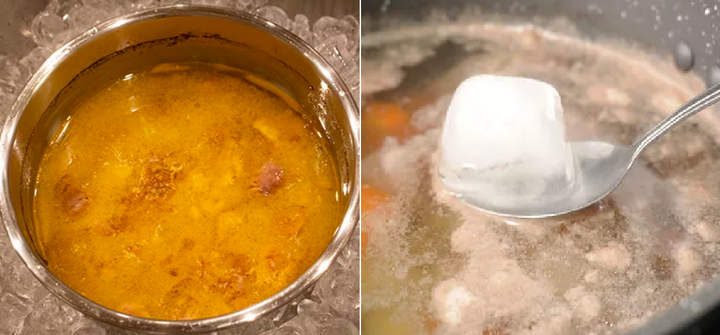
So, how do you remove this unwanted fat quickly and easily without compromising the rich flavor of your soup? Below are tried-and-true tips using simple kitchen tools and expert home cook secrets.
1. Use a Ladle – The Most Traditional Method
This is the most common technique used by home cooks. After cooking, let the soup rest for a few minutes—fat will rise to the surface. Use a small ladle or spoon to gently skim off the oily layer.
Tips:
-
Skim gently to avoid stirring the broth.
-
For thick layers of fat, skim slowly in multiple rounds.
This method is simple and requires no extra tools, but it can be time-consuming and may not remove all the fat if not done carefully.
2. Use Paper Towels or Oil-Absorbing Sheets – Quick and Convenient
Place a clean paper towel or oil-absorbing sheet on the surface of the soup for 3–5 seconds. The fat will be absorbed into the paper. Remove it quickly and repeat as needed.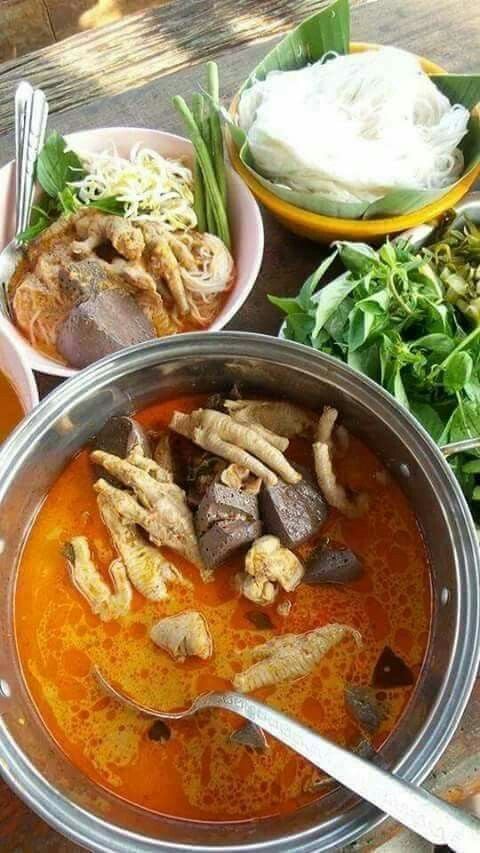
Benefits:
-
Absorbs oil quickly.
-
Doesn’t disturb the soup.
-
Easy to do, especially for soups with a lot of fat.
Note: Only use high-quality, unscented paper towels with no chemical bleach to ensure food safety.
3. Use Ice Cubes – A Clever Trick from Chefs
A lesser-known but very effective method is using ice cubes:
-
Wrap 1–2 small ice cubes in a clean cloth or sealed zip bag.
-
Gently glide the bag over the soup’s surface (do not drop the ice in).
-
Fat will solidify and stick to the cloth or bag.
-
Remove the bag along with the fat.
Benefits:
-
Highly effective and fast.
-
Especially useful when the soup is still hot.
-
Popular among professional chefs to preserve the soup’s flavor.
4. Use a Cold Metal Spoon – Great for Freshly Cooked Soup
If you don’t have ice cubes, place a stainless steel spoon in the freezer for a few minutes. Then gently glide the cold spoon over the soup’s surface. Fat will cling and solidify on the spoon. Wipe it clean and repeat as needed.
Pro Tip: Prepare 2–3 spoons to alternate as they warm up.
5. Pre-Boil Bones and Chill – The Cleanest Broth Method
For bone-based soups like beef or pork rib broth:
-
Boil the bones the day before.
-
Chill the broth in the fridge overnight.
-
The fat will solidify on top. Just scoop it off with a spoon.
This is the most thorough method for a clear, low-fat broth without needing to skim during cooking.
6. Use Egg White – Absorbs Fat and Clarifies Broth
A lesser-known but effective trick is to use egg white:
-
Lightly beat 1 egg white.
-
Slowly pour it into hot (but not boiling) soup.
-
The egg white will coagulate, attracting fat and impurities.
-
After a few minutes, scoop out the coagulated egg with a sieve or ladle.
This method is perfect for clear soups like pho, beef noodle soup, or bone broth hotpot.
7. Prevent Excess Fat from the Start
Rather than fixing a greasy soup later, reduce fat from the beginning:
-
Blanch bones or meat before simmering.
-
Limit pre-sautéing ingredients with oil.
-
Choose lean meats or trim off excess fat.
-
Use small amounts of vegetable oil for sautéing garlic/onions.
Conclusion
Skimming fat not only makes soup look more appetizing but also makes it healthier—especially for those on special diets, the elderly, or children. Depending on your kitchen tools and habits, choose from practical methods like using paper towels, ice cubes, chilled spoons, or egg whites to quickly and effectively remove excess oil.
Apply these tips today to create lighter, tastier, and healthier family meals full of love and care!
News in the same category

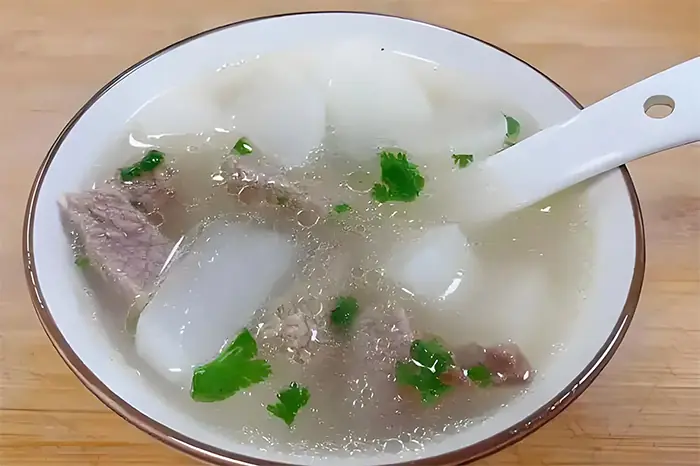
In Autumn, Eat These 3 Lu.ng-Nourishing Dishes Regularly to Prevent Cough and Thr.oat Irritation
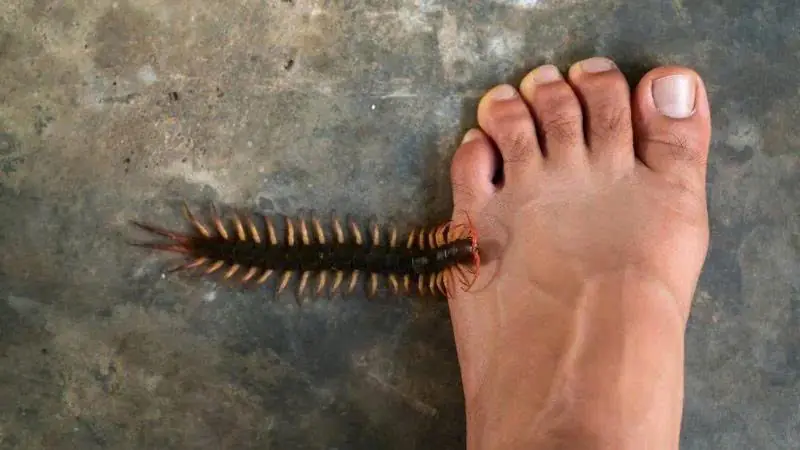
Reasons you should not ki.ll millipedes

When A Brown Bug Like This Appears In Your Yard, Immediate Action Is Required

Tips for washing grapes to remove dirt and worm eggs, and to safely eat the skin
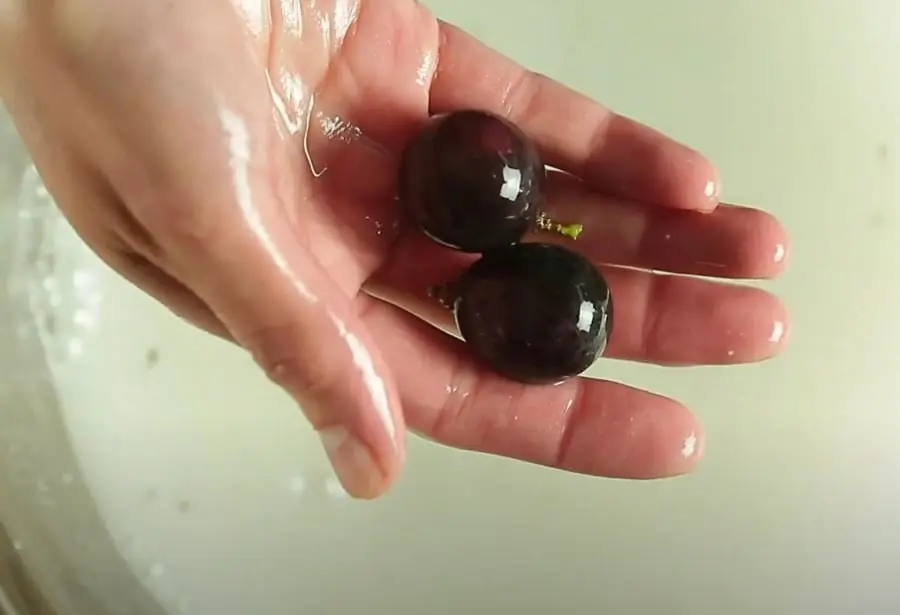
Don’t Eat Grapes Before You Know This Trick
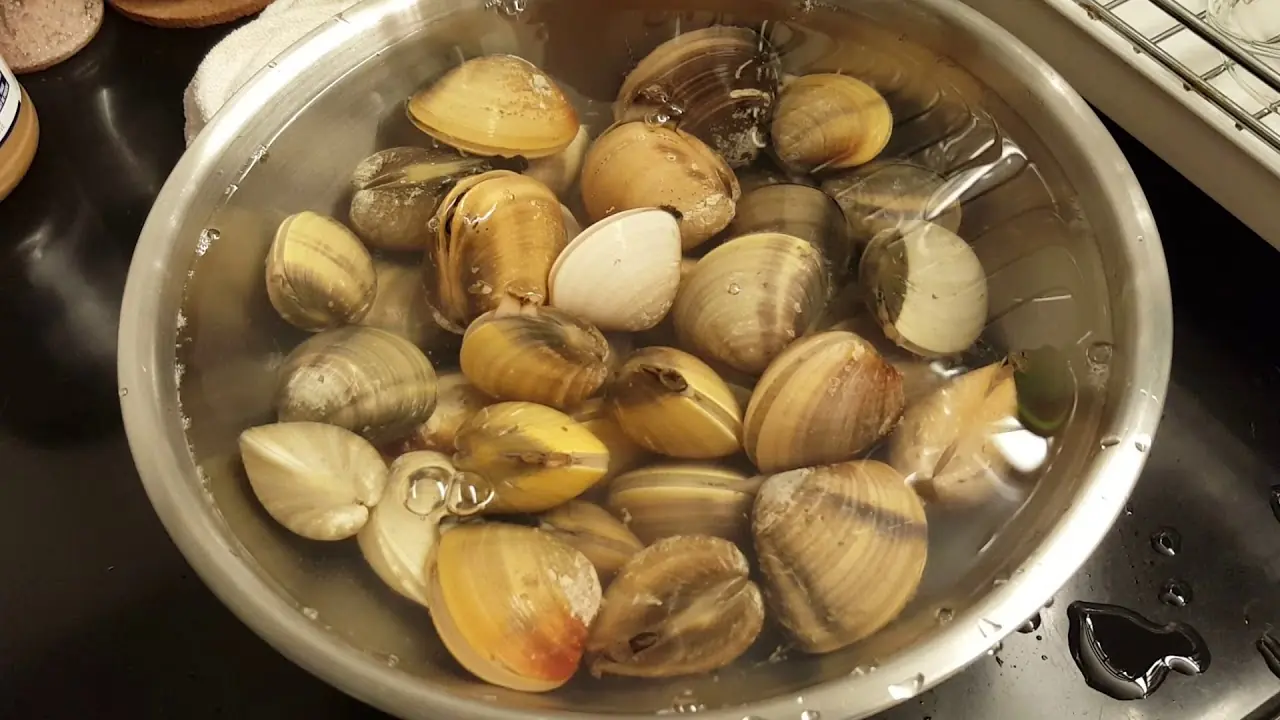
No Matter How You Wash Clams, There’s Still Grit Inside?
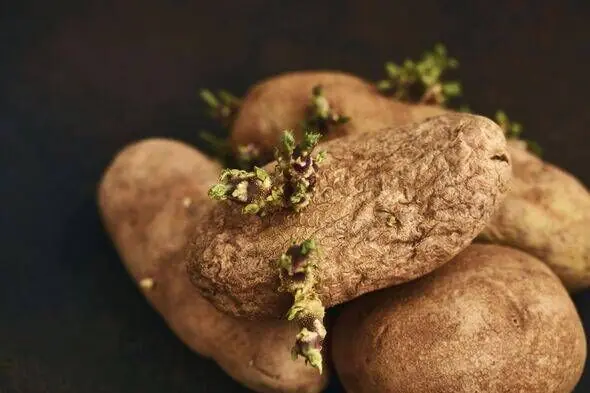
The Secret to Keeping Potatoes Fresh for 6 Months Thanks to a Surprising “Friend” in the Kitchen

Unusual moles might be more than just a skin quirk — they could be warning signs of cancer

Using the Air Conditioner and Fan at the Same Time? I Expected Higher Costs, but the Truth Surprised Me

Don’t Panic! Follow These Steps If a Bat Gets Into Your House
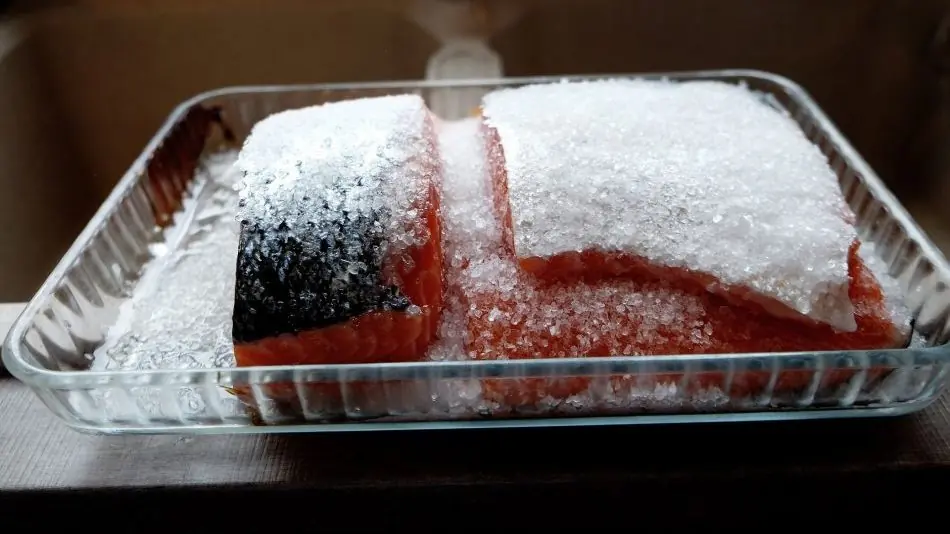
4 Dangerous Mistakes When Thawing Fish

10 tips to keep thieves away from your home
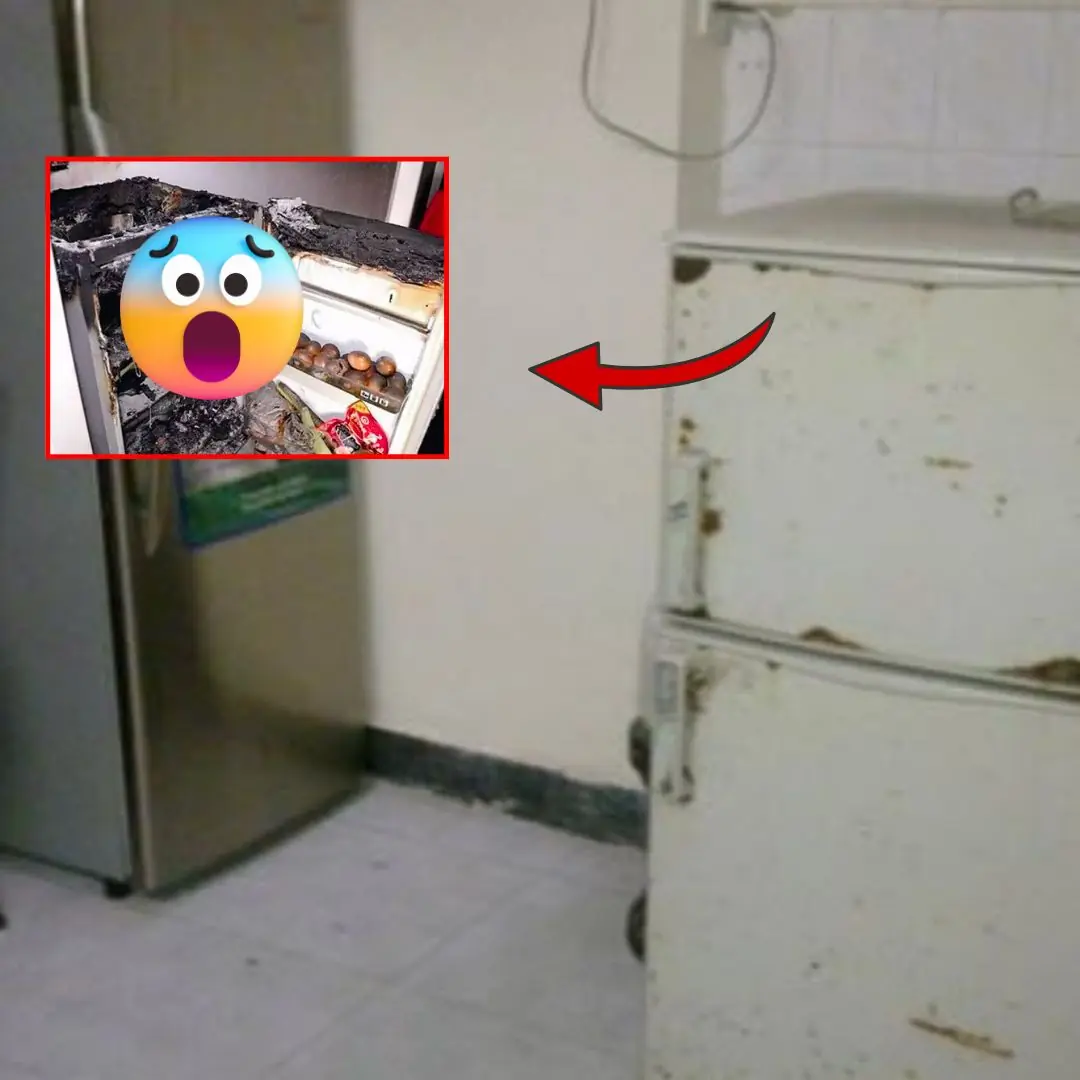
Mistake #5: Almost everyone makes it—but few actually notice
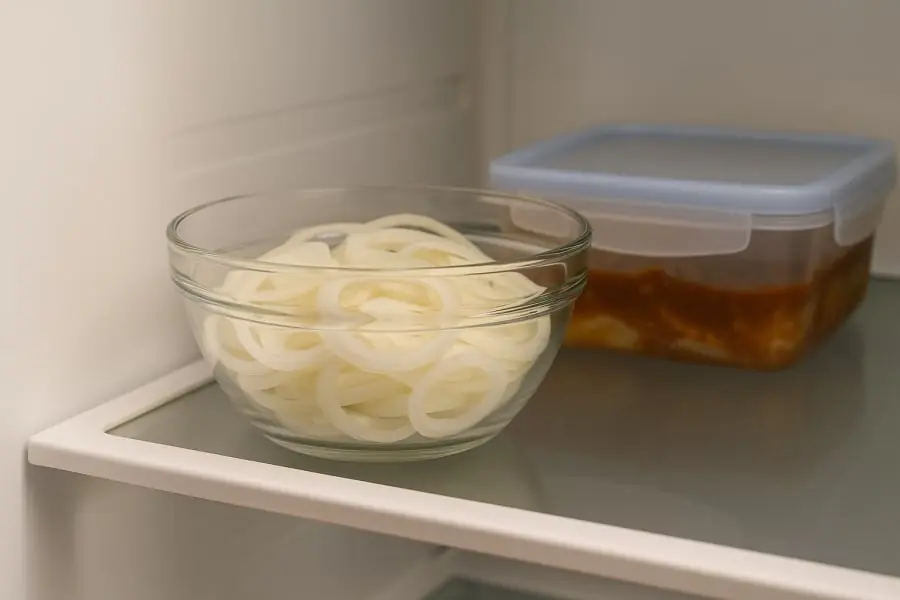
Onions Aren’t Just for Cooking: 5 Surprising Hacks
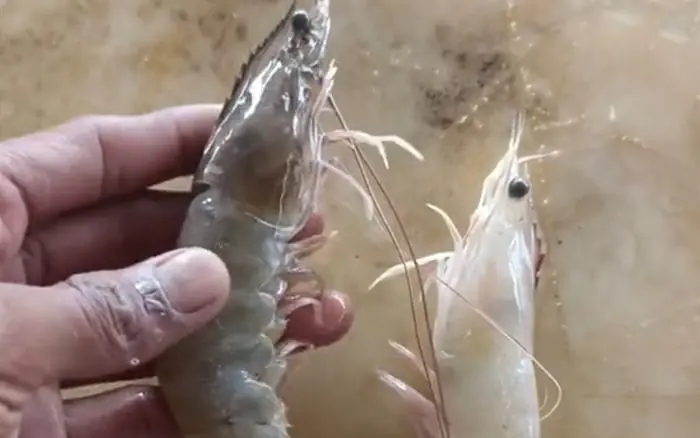
Want to Know If a Shrimp Is Farm-Raised or Wild-Caught?

Tsunami and its warning signs, essential for those who often go to sea
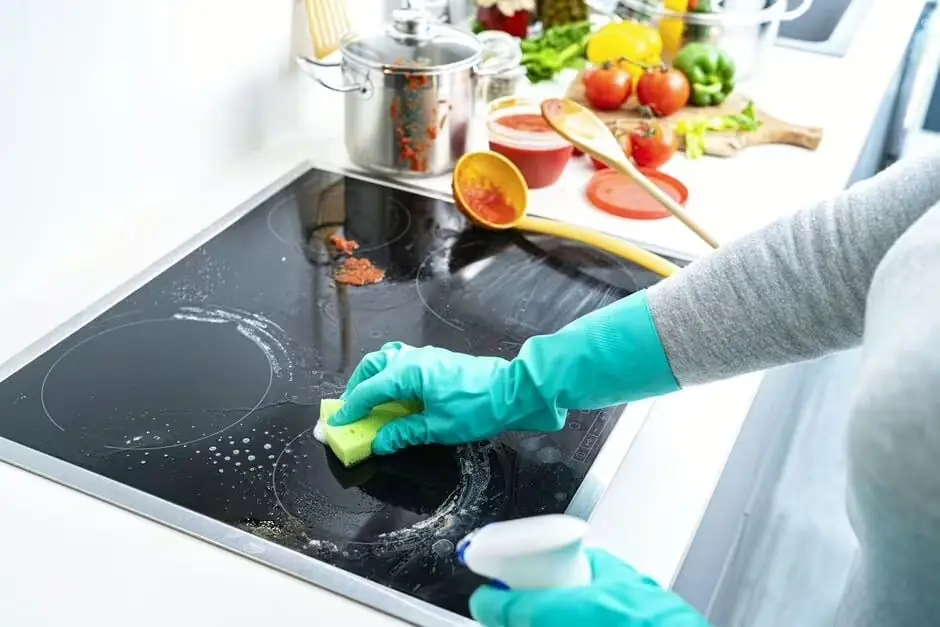
The secret to removing stubborn stains on glass stovetops without scratching the surface
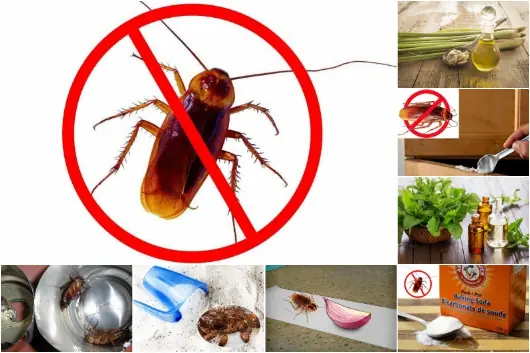
A Dirt-Cheap Kitchen Item Is the Ultimate Cockroach Kil.ler
News Post

How a baby aban.doned on a flight led to a new family and a new beginning

Why do Japanese people put towels on their heads when bathing in hot springs?
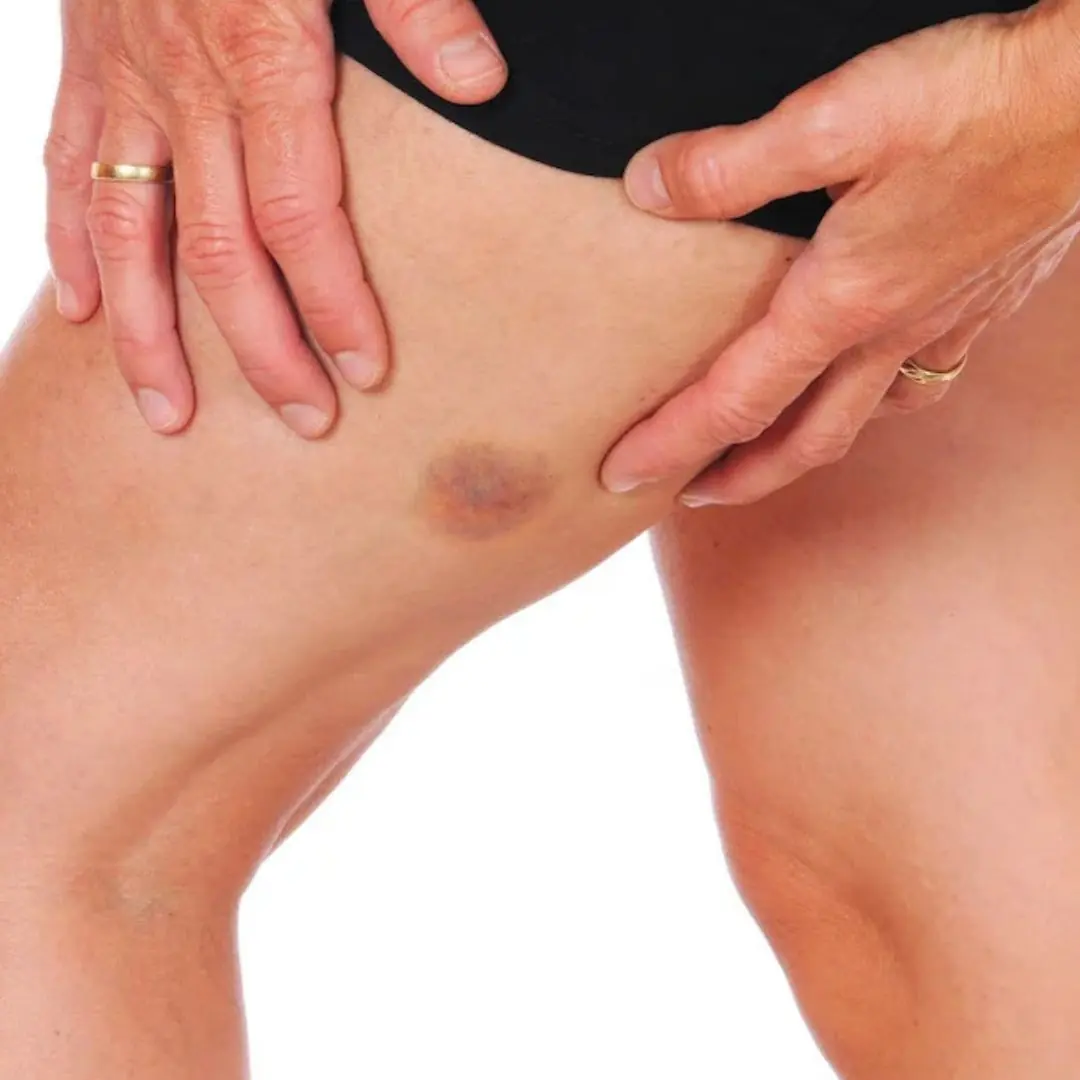
Waking up with bruises on your legs, a dangerous sign that you should not ignore
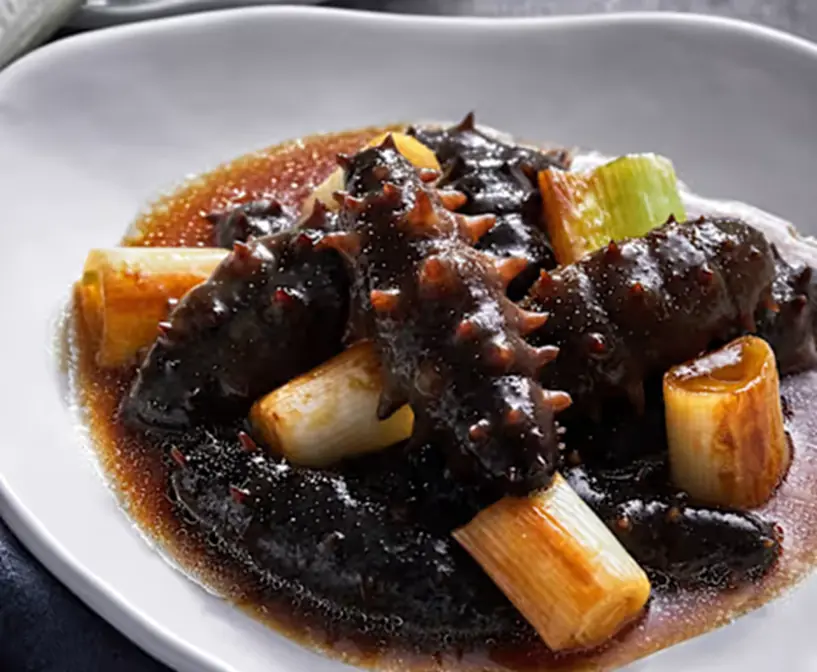
6 Types of Summer Seafood as Nutritious as Ginseng

5 Areas of the Body Turning Black May Indicate Can.cer

Do This Extra Step Before Boiling Chicken Breast for Juicy, Tender, and Not-Dry Results
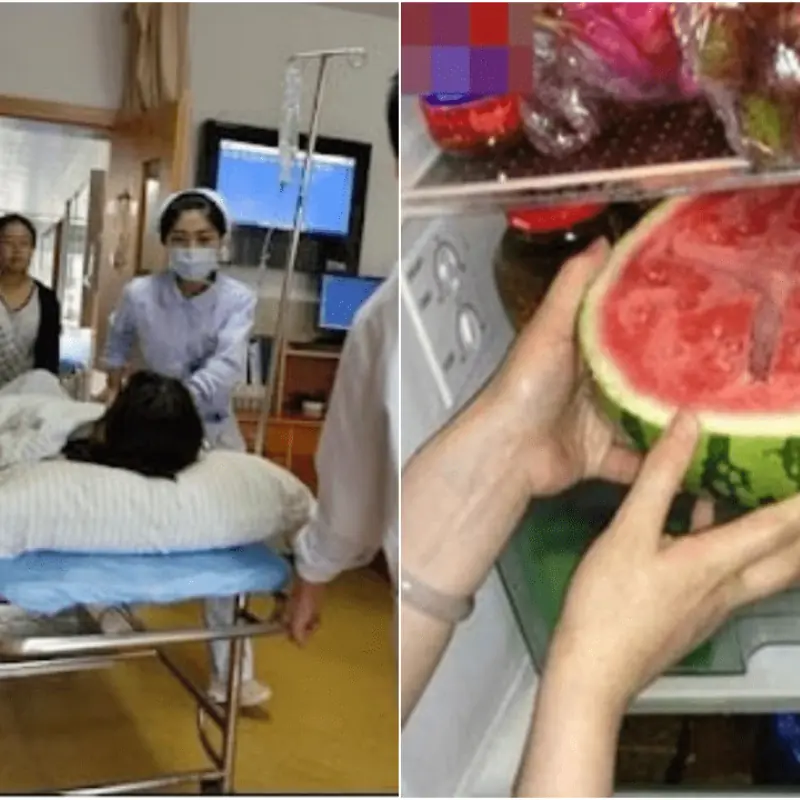
A Woman Hospitalized After Eating Refrigerated Watermelon

Not for everyone: 5 groups who should be wary of bitter melon
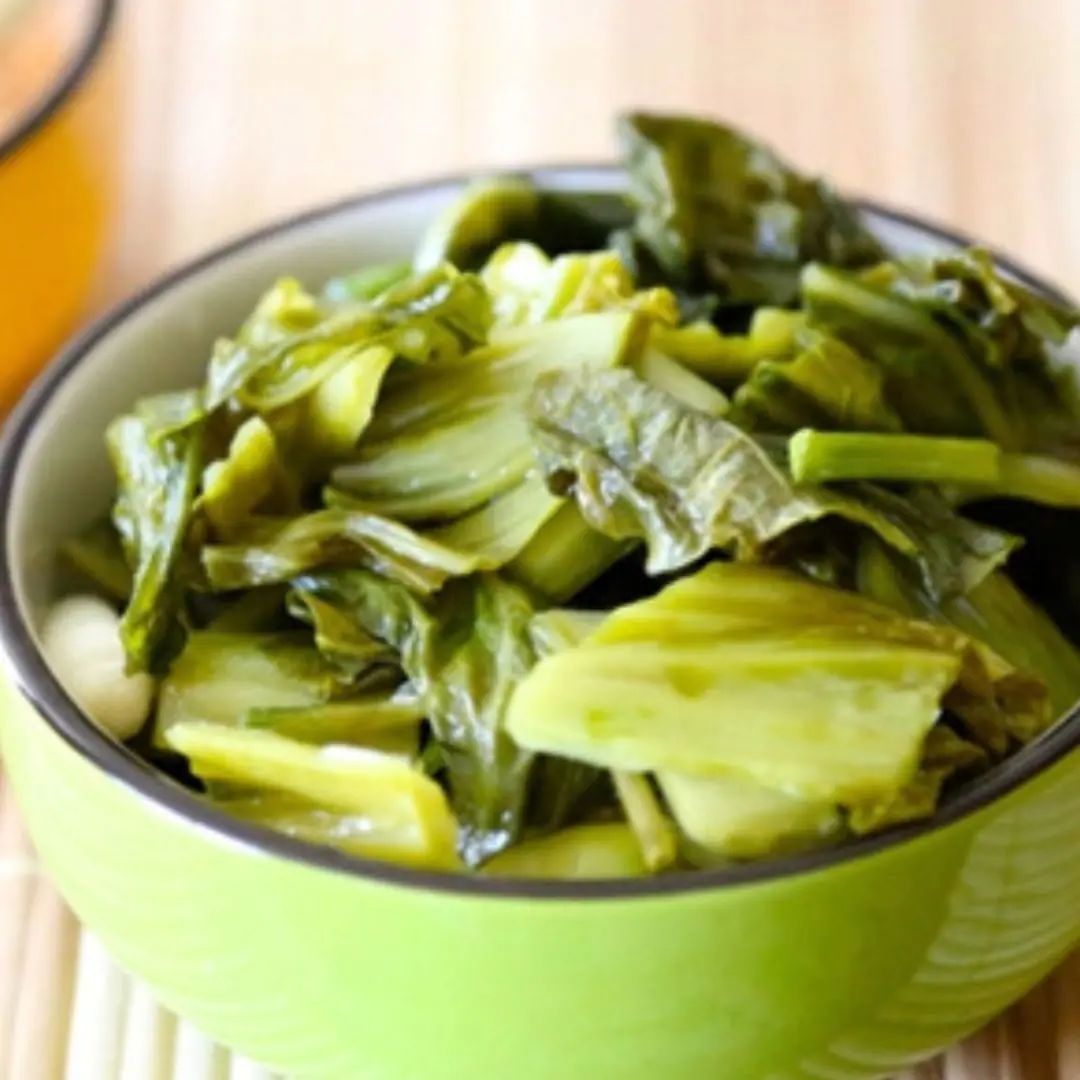
Who needs to cut back — or stay away — from pickled vegetables?
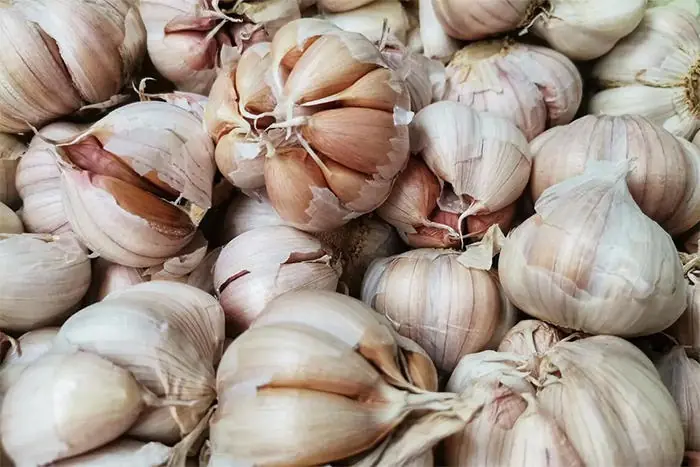
5 Types of Garlic with High To.xin Levels That Could Cost You Your Health

The Man with Blo.od ‘As Thick as Pork Fat’ Because of Something Many People Love

Visible Green Veins in 6 Areas Could Signal Hidden Diseases

Puffy eyes when waking up: 6 causes and remedies

Be careful with the phenomenon of waking up with blurred vision
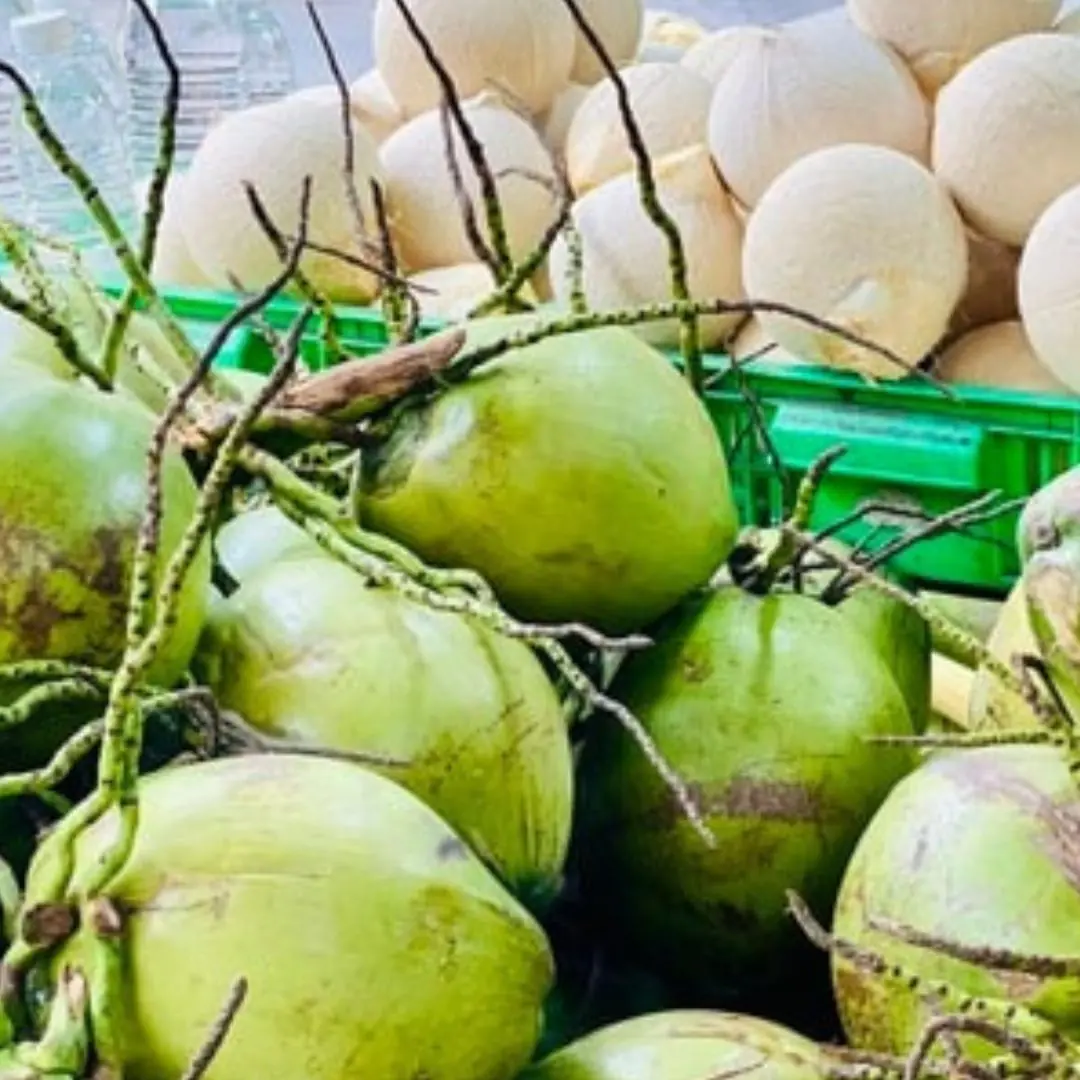
6 Nighttime Drinks That Can Ruin Your Sleep — Especially the Third One, Which Most People Drink Before Bed Without Realizing Its Hidden Dangers

American Doctor Reveals the "3 Seeds, 2 Vegetables, 1 Meat" Best
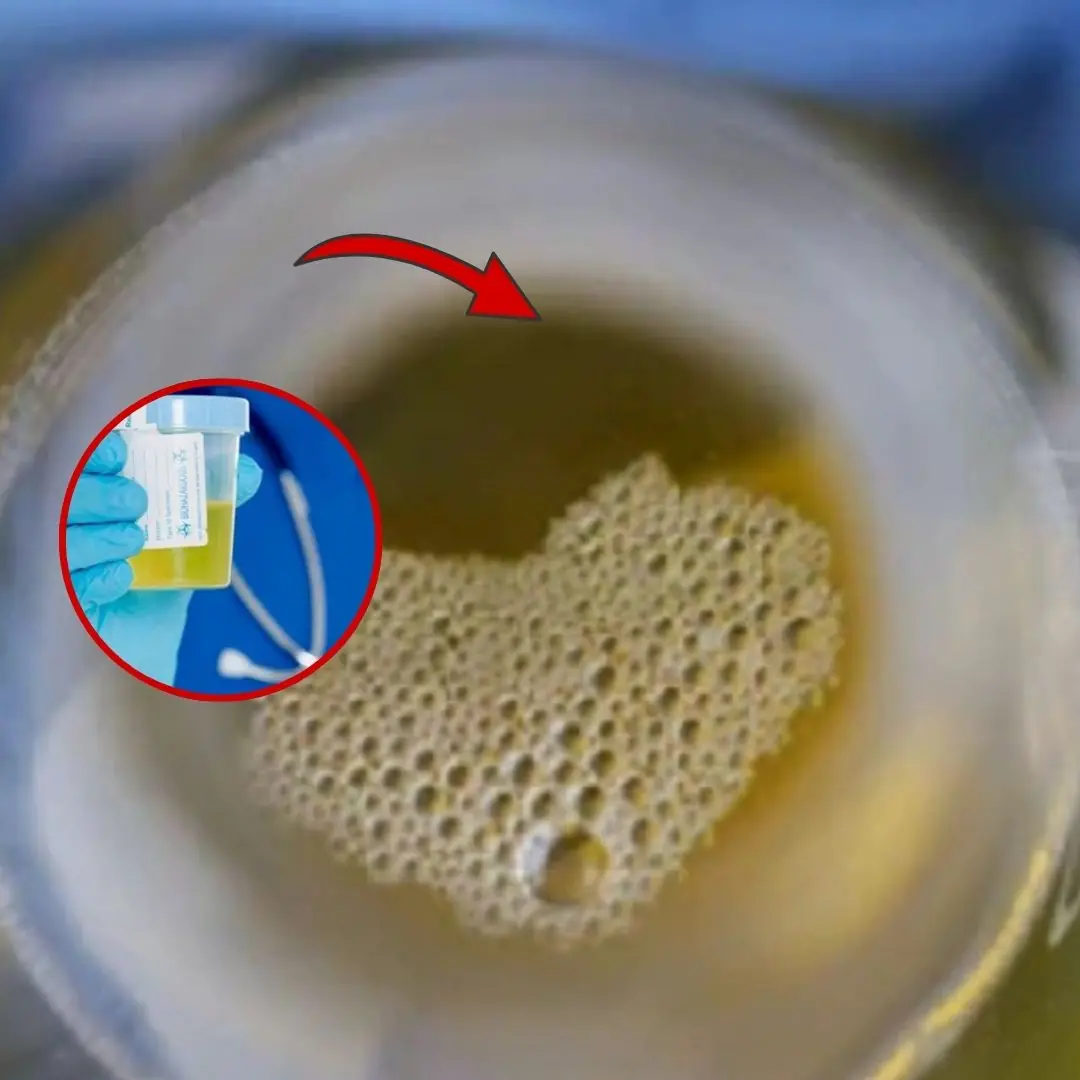
Men and women who see these 3 signs in their urine need to see a doctor for kidney failure immediately

A Woman’s Kid.ney Turned to “Stone” and Had to Be Completely Removed

In Autumn, Eat These 3 Lu.ng-Nourishing Dishes Regularly to Prevent Cough and Thr.oat Irritation
